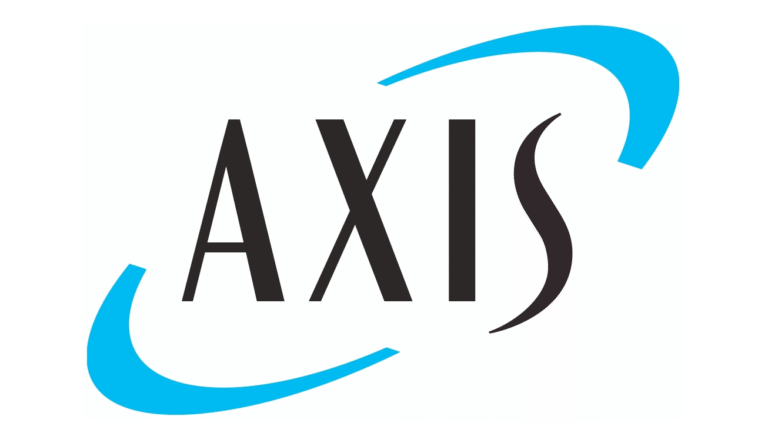
Global professional services firm Aon, has released its Q3 2025 Global Insurance Market Insights report, which outlines one of the most competitive insurance markets seen in recent years.

However, Aon cautions that the current environment may not last. While market conditions are broadly favourable, persistent loss trends, growing systemic risks and the underlying fragmentation of the insurance landscape suggest that these buyer-friendly dynamics could prove temporary.
“Clients are seeing significant opportunities to strengthen their risk transfer programs, but it’s vital to recognise that the market is not monolithic,” added Joe Peiser, CEO of Commercial Risk Solutions at Aon.
“While competition is driving pricing down and coverage up for preferred risks, we’re also seeing continued volatility in loss activity, especially in property, cyber and US casualty. Now is the time for organisations to future-proof their programs and reinvest premium savings into long-term resilience.”
Aon’s report highlights that substantial rate reductions have been recorded for property, cyber, and directors’ and officers’ insurance across several major markets, including the United States, the United Kingdom, continental Europe, Korea, Australia, and Latin America.
Capacity remains plentiful, with both established insurers and new market entrants seeking growth. Aon notes that well-managed risks are now often oversubscribed, although underwriting remains cautious for more complex exposures, particularly in US casualty and catastrophe-exposed property.
The firm observes that preferred property and cyber risks have experienced the most pronounced price decreases. Casualty rates have softened modestly in most regions, though in the US adverse litigation trends continue to drive higher loss severity.
While directors’ and officers’ pricing remains generally soft, some moderation has begun as insurers look to maintain sustainability. Motor insurance stands apart, with rates increasing globally as a result of rising claims and repair costs.
According to Aon, systemic and macro-level challenges persist despite the competitive backdrop. Loss severity and frequency continue to rise across several classes, most notably in property, cyber and US casualty.
The market is increasingly described as a collection of smaller, fragmented segments defined by geography, product type and risk profile. Aon characterises the current softening in property insurance as a “pricing correction” rather than a structural shift, suggesting that capital discipline may limit the extent of further reductions.
The report emphasises that organisations should take advantage of lower premiums to enhance coverage, increase limits, and invest in risk engineering and resilience.
Aon advises that long-term relationships with insurers should be balanced against the benefits of competitive pricing and reliable claims handling. The firm also underlines the growing importance of data, analytics and scenario modelling to navigate an increasingly complex and interconnected risk environment.
Regionally, Aon reports that markets in Asia-Pacific, Europe, the Middle East and Africa, and Latin America are generally soft, supported by strong capacity and competitive pricing for well-managed risks.
By contrast, the US and Japan remain more challenging, with particular pressure in casualty and property classes respectively. Catastrophe-exposed and high-hazard sectors continue to face limited capacity and greater underwriting scrutiny.
Aon also points to evolving claims patterns. Insurers are investing heavily in automation and efficiency improvements, but social inflation and legal trends, especially in the US, are adding cost and complexity.
Cyber remains a top concern worldwide, with rising claims frequency and heightened attention to systemic exposure. Broader global factors such as climate change, supply chain fragility and geopolitical instability are also influencing claims behaviour.
Looking ahead, Aon identifies four major forces reshaping the global risk landscape — trade, technology, weather, and workforce. The firm encourages organisations to review values, limits and insurer relationships, and to reinvest in resilience while market conditions remain supportive.





